The Island at the Edge of Empire
Diego Garcia is not a place you’ll find on a travel blog. Officially part of the British Indian Ocean Territory, yet effectively a forward operating launchpad of the United States Air Force and Navy, it sits like a loaded gun in the middle of the Indian Ocean. Quiet, remote, and heavily militarized, it has one purpose: power projection. Today, as tensions with Iran ignite regional fires from the Strait of Hormuz to the Levant, the focus returns to Diego Garcia — and with it, to the long shadows cast by two of America’s oldest and deadliest strategic bombers: the B-52 Stratofortress and the B-2 Spirit.
Both aircraft are now believed to be forward-deployed or on standby. This is not deterrence theater. It’s preparation for strategic decapitation — and possibly provocation. But as missile arsenals evolve and cyber warfare clouds the sky, the question is no longer just about who strikes first. It is also about what remains visible — and vulnerable — after the smoke clears.
I. The Return of the Titans: B-52 and B-2 in a Digital Kill Zone
The B-52, a Cold War relic still flying sorties in the 21st century, is loud, slow, and unmistakable. Designed for saturation bombing campaigns over the Soviet Union, it is now allegedly loaded with GBU-57A/B Massive Ordnance Penetrators — 30,000-pound bombs designed to burrow deep into Iranian mountains to find nuclear secrets.
The B-2, by contrast, is silent, stealthy, and lethal in its precision. Armed with both gravity and guided munitions, it exists to pierce through advanced air defense systems and cripple the nuclear heart of an adversary without ever being seen. Or at least, that was the plan.
Until now.
II. Operation Blind Eagle: Cyber Supremacy Over Air Superiority
According to CENTCOM sources, Iran’s cyber units — increasingly operating with Chinese technical support — may have breached satellite uplinks tied to Diego Garcia’s long-range bomber fleet. This breach, nicknamed Operation Blind Eagle, reportedly exposed telemetry, flight planning data, and targeting algorithms. If accurate, this would grant Iranian defense systems not only awareness but preemption.
The B-2s, often deployed for their stealth, may now be flying with their wings digitally exposed. In war, radar stealth means little if your comms are compromised. You cannot surprise an enemy who is watching you live-stream your own sortie.
The implications are severe. The US command structure has gone from deployment to containment, from force projection to information attrition. The skies are no longer only about altitude — they are about epistemology: who sees, who knows, and who believes.
III. Iran’s Volleys and the Strategic Budget Clock
Israel claims Iran holds 28,000 missiles. But the logic of that arsenal isn’t in its sheer number — it’s in its deployment pacing. Missile attacks come in timed volleys, not due to lack of missiles, but due to launcher scarcity and strategic pacing.
Iran appears to operate under a daily strike budget, stretching its operations for longevity. Their salvos are shifting to daytime, where the propaganda value — and the shock effect — is magnified. Smaller barrages improve Israel’s interception percentages but reduce response predictability.
Meanwhile, the US and Israeli layered missile defense systems — THAAD, Arrow-2, Arrow-3, Iron Dome, Iron Beam, Patriot, Sa’ar-6 frigates, and now five US Navy ships off Israel’s coast — are burning through interception inventory at alarming rates. What looks like strength on paper is, in logistical terms, unsustainable burn.
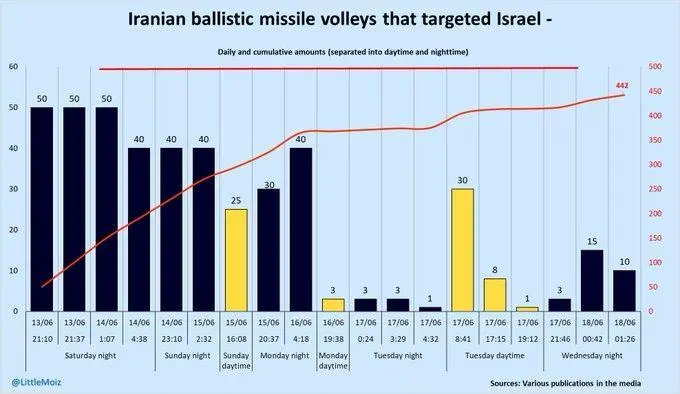
IV. The Pearl Harbor Gambit: Would Trump Let Diego Garcia Burn?
From a historical perspective, America has flirted with “controlled crisis†strategies before. The 1941 oil embargo on Japan provoked Pearl Harbor. The Gulf of Tonkin incident was murky by design. Might Trump, facing economic stagnation, internal division, and electoral uncertainty, manufacture a similarly pivotal crisis?
A deliberate sacrifice at Diego Garcia — whether of aircraft or infrastructure — could serve as a rallying point for defense spending, an economic stimulus via the military-industrial complex, and a geopolitical diversion from domestic instability.
Scenario: A US strike on Iran from Diego Garcia provokes an Iranian missile retaliation — possibly aided by satellite intelligence from China — that disables the airfield or downs a strategic bomber. The loss becomes the casus belli, pushing through a sweeping military budget for F-35s, hypersonics, cyber programs, and shipbuilding.
Such a move would risk open conflict with Iran and trigger second-tier escalation from China — cyberattacks, Taiwan encirclement, Red Sea proxy warfare. Yet the financial system would react with brutal speed:
- Oil prices spike to $150–200/barrel
- Gold and crypto surge
- Defense stocks rise; S&P 500 contracts
- Global trade stumbles through choke points like the Suez and Bab el-Mandeb
A Pearl Harbor moment, engineered or not, reboots the economy — but at a cost even America might not afford.
V. Three Scenarios of Fire and Fallout
- Airstrikes on Iran from Diego Garcia
- Strategic bombing of Fordow, Natanz.
- Iran retaliates via Hormuz closure, Gulf base strikes.
- US economy staggers, oil soars, and markets freeze.
- US Bombardment of Houthis via Diego Garcia
- Precision strikes provoke Red Sea escalation.
- China retaliates economically and digitally.
- Freight prices rise; supply chains snap.
- Iran’s Direct Attack on Diego Garcia
- Proxy infiltration or long-range missile strike.
- Diego Garcia is temporarily disabled.
- Markets panic, global military alert levels rise.
Each outcome creates a climate of strategic uncertainty, inviting defense sector expansion, media escalation, and permanent mobilization — a familiar American script.
Bombers, Bytes, and the Illusion of Invincibility
The B-2 and B-52 bombers deployed to Diego Garcia are not just tools of destruction — they are symbols. Of deterrence. Of reach. Of the post-World War II security architecture.
But symbols, once targeted — physically or digitally — become vulnerabilities.
As the balance between kinetic and cyber warfare shifts, so too must our assumptions about escalation, invulnerability, and strategic dominance. The US may still hold the world's most powerful arsenal, but Iran — with China in the wings — is reminding the world of a timeless truth:
Wars are no longer won by those who strike hardest, but by those who see the battlefield first — and hide themselves best.
Diego Garcia may still look like an island fortress.
But in today’s war of sensors, satellites, and subversion?
It might just be a trap.
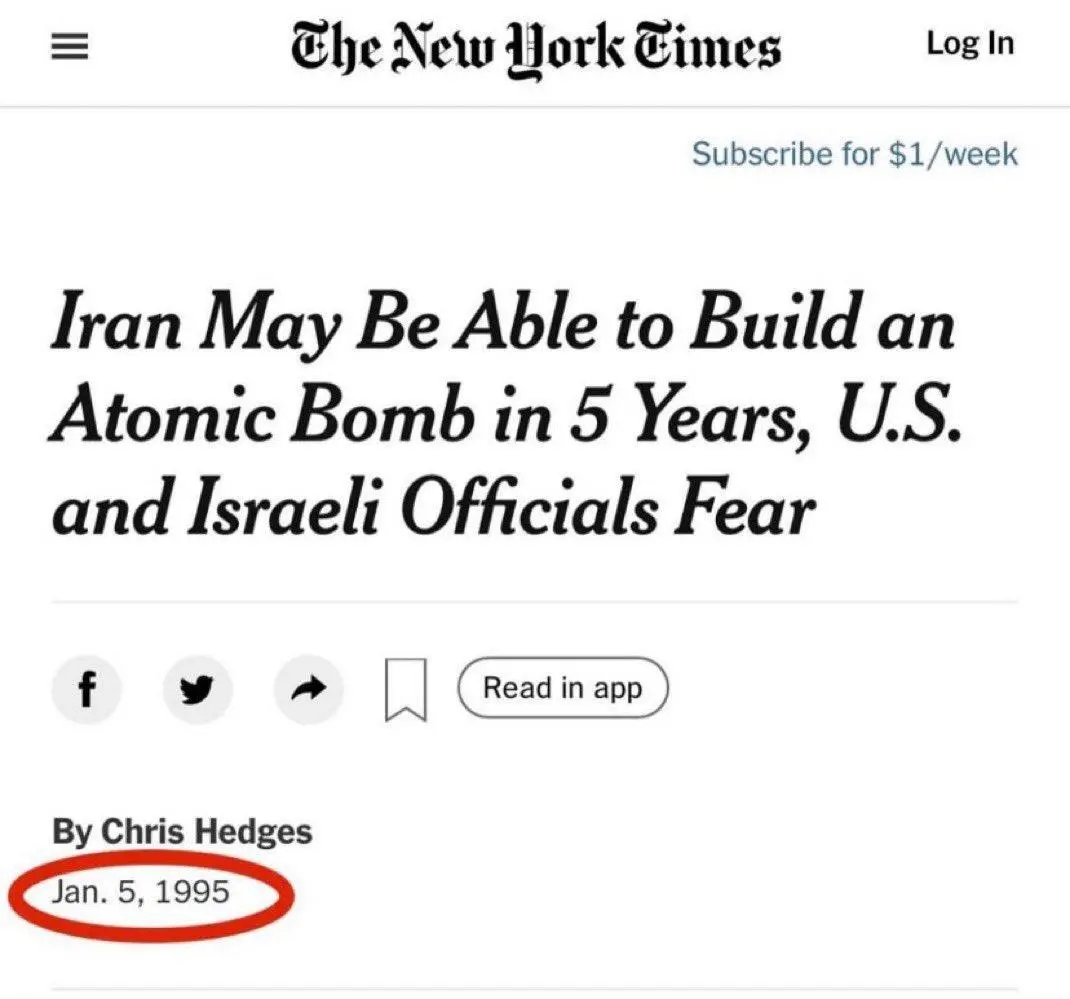
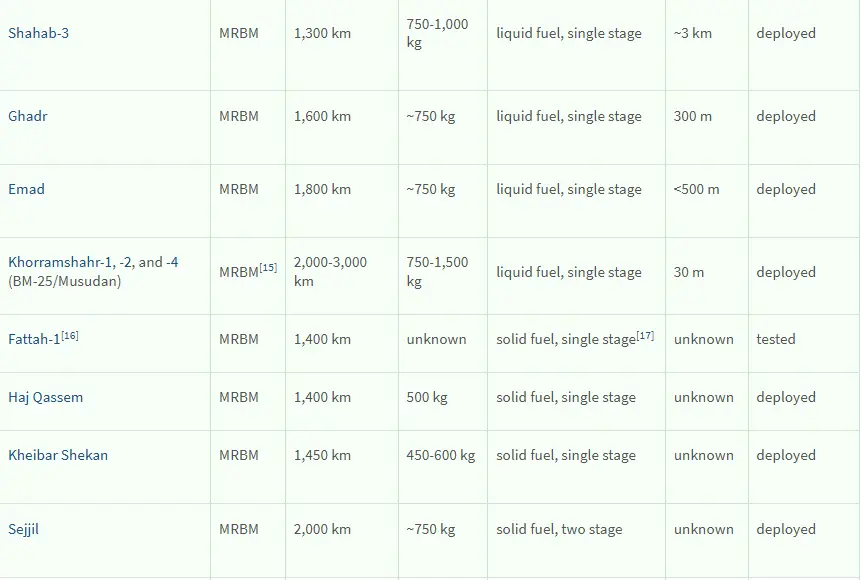
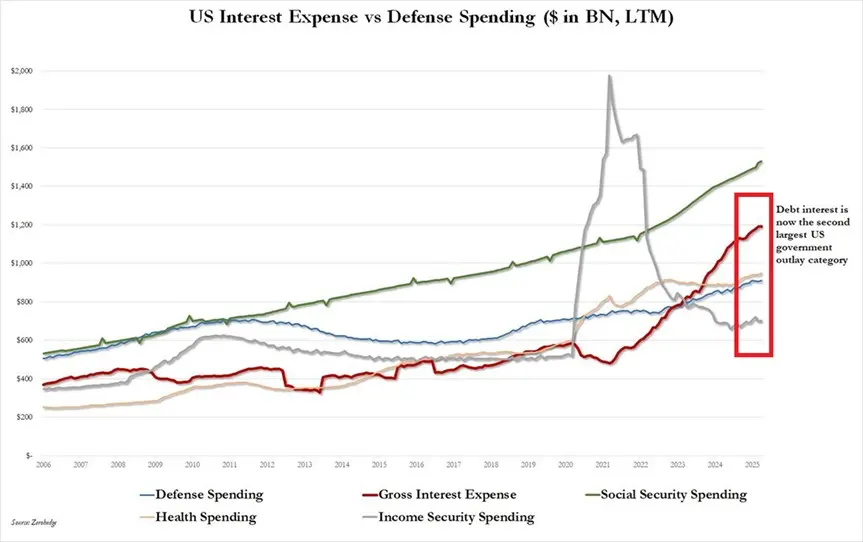

BUNKER BUSTER BOMB Myth /MIT Prof Ted Postol & Lt Col Daniel Davis
https://github.com/yonywein/Iran_Missiles_Prediction
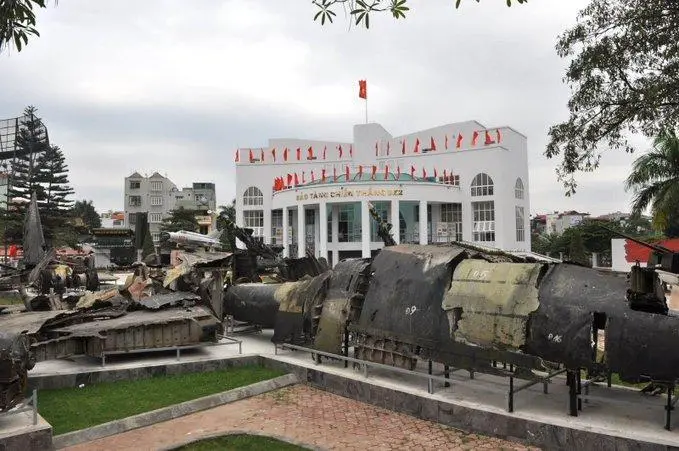
B-52s are huge, slow aircraft. The North Vietnamese shot down many. B-52 wreckage in a museum in Hanoi, Vietnam.
 : 0
: 0  : 0
: 0